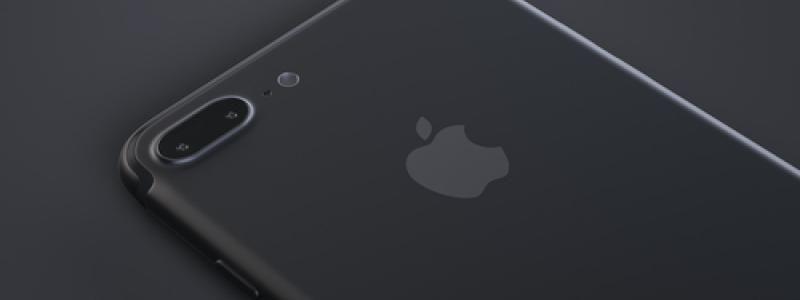Next Year’s iPhone: What To Expect

For some mobile users, Apple’s latest iPhone models -- the iPhone 7 and the iPhone 7 Plus -- did not really offer much in terms of new features and functionalities. But upon closer inspection, and it certainly helps to look at the bigger picture, there may be more to this year’s iPhone offerings, especially in relation to our expectations for next year’s models.
When Apple first released the original iPhone back in 2007 (and then the App Store the next year), it ushered in a new era in mobile, paving the way for smartphones with touch screen devices and lots and lots of mobile apps. But apart from that milestone, it can be argued that the iPhone maker has not had a similar era defining breakthrough since then. Indeed, its next series of products over the last decade is more characterized by a slow but deliberate accumulation of features stretched over various models and then eventually culminate into something mind blowing in later years. Take the Passbook app for instance and the Touch ID fingerprint scanner -- the first one debuted four years ago while the second one the following year. The combination of the two features eventually evolved into Apple Pay, which came into fruition only in 2015 with the launch of the iPhone 6 devices. And look at Siri -- it began as a voice operated digital assistant half a decade ago. Who would have thought now that it would be integrated with HomeKit and an increasing number of mobile apps.
Could the same thing happened to new features debuting on the iPhone 7 generation? This year's iPhones offer a new static home button, a dual camera configuration (only on the bigger iPhone 7 Plus), and the notable absence of the headphone jack. As for that last one, many were not happy with Apple's decision to get rid of the headphone jack. But perhaps a few years from now, we may look upon today as the year we starting shifting to more truly wireless (literally) user experiences). For next year's iPhone, it is even possible that Apple will eliminate the lightning cable, and finally begin embracing wireless charging technology, with its rival Samsung is already doing with its own flagship offering, the Galaxy S7. Also, the emergence of Bluetooth 5 could help in encouraging more users to do away with wired headphones. The newest iteration of Bluetooth tech happens to offer four times the range and twice the speed compared to the current Bluetooth tech. Next year’s iPhone could feature Bluetooth 5.
As for the home button on the iPhone 7 devices, it is no longer clickable, but when some pressure is applied, it responds accordingly, thanks to haptics, also found in the Apple Watch and in the trackpads of the company’s recent MacBook. It is possible that the home button will disappear altogether next year, making way for an entire display screen that responds to pressure sensitive interaction.
With regards to the iPhone 7 Plus’ dual camera specs, it could be the first step in making use of dual lens configurations and applying it to augmented reality. Next year’s iPhones could be capable of scanning the user’s immediate environment and overlay 3D objects onto it seamlessly. The world has already been caught in the augmented reality craze thanks to the phenomenally successful Pokemon Go, and who knows what other amazing things are in store for future iPhone owners in the field of AR.
Related Blog Articles
- No New Studio Wireless Headphones From Beats This Year
- Has Sprint Ended Its Leasing Program For Android Phones?
- Apple Looking To Turn HealthKit App Bundle Into Diagnostic Tool, And Not Just For Tracking
- Former Verizon Employee Pleads Guilty To Illegally Selling Customers’ Records
- Free Wi-Fi On Your Bus Coming Soon, Courtesy Of Google
- New JD Power Survey Ranks Apple Music As Number One Music Streaming Service
- If Spotify Successfully Buys SoundCloud, It Could Fully Stand Out Against Apple Music
- USB-C Has A New Audio Standard That Spells Bad News For The Headphone Jack
- Your Guide To Everything Google Unveiled At Its Pixel Event
- Apple Pay Can Now Be Used In Purchasing Electronic Train Tickets in New York


 Menu
Menu